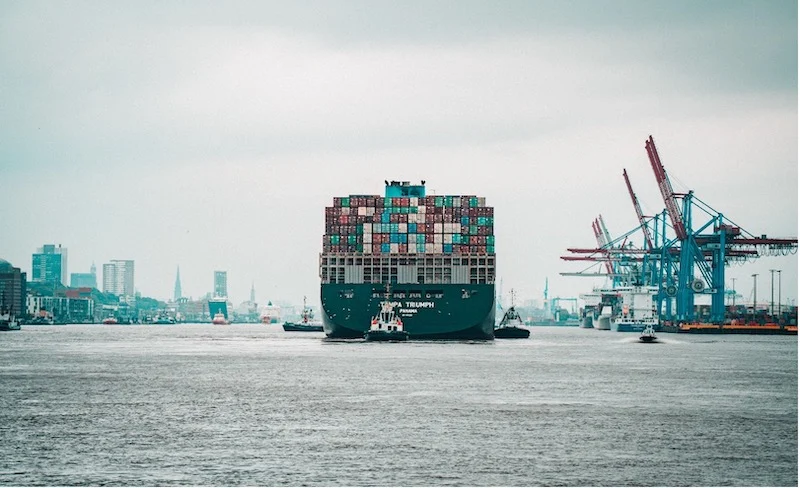How Has the Supply Chain Affected Sustainability Efforts?
According to the 2022 State of Supply Chain Sustainability report, there has been a focus on the environmental factors associated with supply chain sustainability. Factors like climate change mitigation and natural resource/biodiversity conservation have received the most attention.

Supply chains are known to negatively affect sustainability efforts
Supply chains function to provide goods and services to consumers and to offer this means the environment is often damaged. The typical supply chain is known to cause more than 80 percent of greenhouse-gas emissions and more than 90 percent of the impact on air, land, water, biodiversity, and geological resources. This is often because consumer companies do not effectively collaborate with their suppliers on environmental matters. If this was done, the environmental risks could be mitigated. Many companies choose to subcontract suppliers and firms that do not prioritise the environment which results in oversight and a lack of knowledge of what sustainability impact occurs in parts of the supply chain.
What to do to improve sustainability in supply chains
To improve sustainability efforts, supply chain managers need to ensure that supply chains are managed well. This can be done by collaborating with suppliers and ensuring sufficient monitoring of processes. These are the three ways supply chain managers can make their supply chains more sustainable.
1. Find issues within the supply chain
To do this, supply chain managers need to determine how the factors of the supply chain, like natural and human resources, are used throughout the supply chain process. Supply chain managers also need to consider environmental, social, and economic issues. This has to be done carefully as these factors and issues function differently regarding different products and services. For example, manufacturing electronics often causes the emission of fluorinated greenhouse gases, and manufacturing foods often sees underage workers working in plantations and fields.

2. Follow the global sustainability agenda
Once the specific issues have been located in the supply chain organisations will be able to set goals to achieve sustainability and follow the global sustainability agenda. The global sustainability agenda is a compilation of scientists’ findings and recommendations to achieve greater sustainability to improve the well-being of humans and the Earth. An example of this would be the Intergovernmental Panel on Climate Change, a scientific body established by the United Nations, providing global targets to reduce greenhouse-gas emissions. These recommendations will not only reduce greenhouse gas emissions but also save money for supply chains.
3. Supply chain managers should assist their applies to manage the impact on the environment and help them maintain it
Because consumer companies have purchasing power, they are able to influence the business practices of their suppliers. This power can be used negatively, which is not recommended, but it can also be used for good to reduce the impact on sustainability. This would lead to the supply chain reducing the negative impact on the environment and saving money. Ways to influence the business practices of suppliers are to disseminate codes of conduct, perform audits, and perform questionnaires to help suppliers design and implement sustainability programs. Consumer companies can also use technologies to influence business practices. By using online and software tools, consumer companies can influence their suppliers to be more energy efficient and monitor whether sustainable practices are being used. A way to reinforce sustainability practices is to have a firm hand and stop doing business with suppliers who refuse to stick to sustainability practices.

The bottom line
The supply chain has shown that it has great potential to destroy sustainability efforts if the best practices are not followed. But it has also shown that it has the potential to vastly reinforce sustainability efforts and improve the planet for everyone. If supply chain managers are able to monitor their supply chains and reinforce sustainability efforts, supply chains will surely positively affect sustainability efforts.
